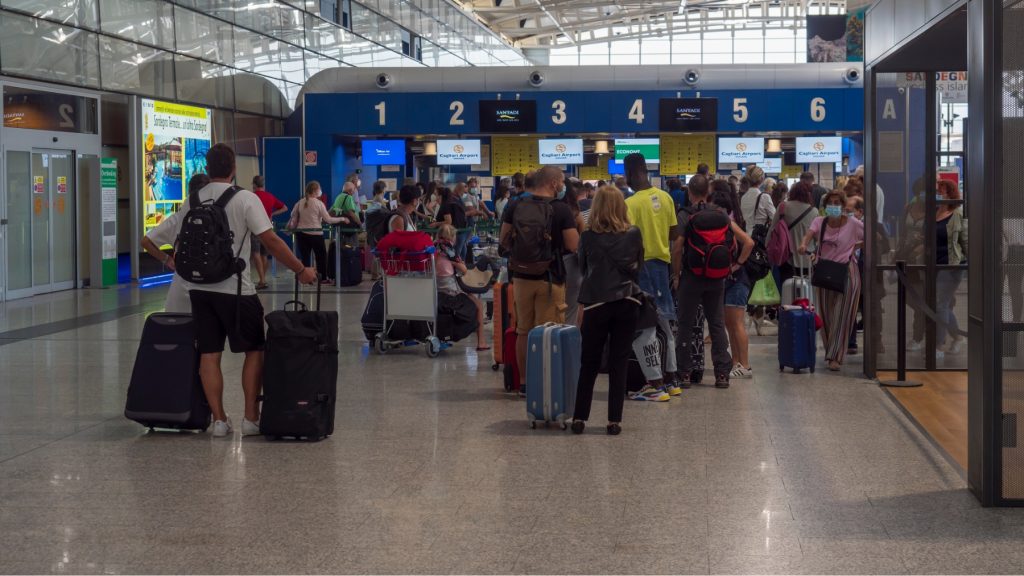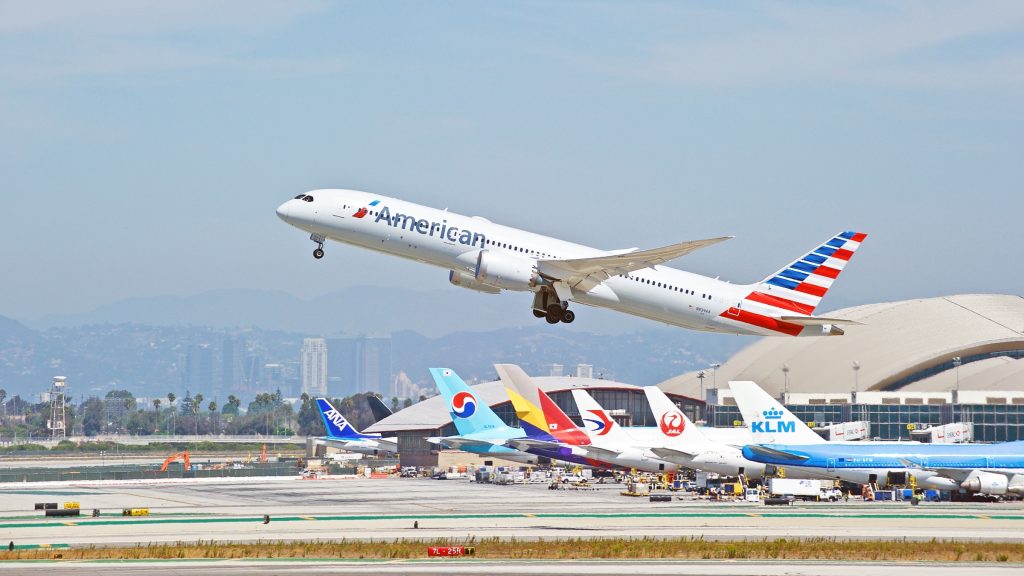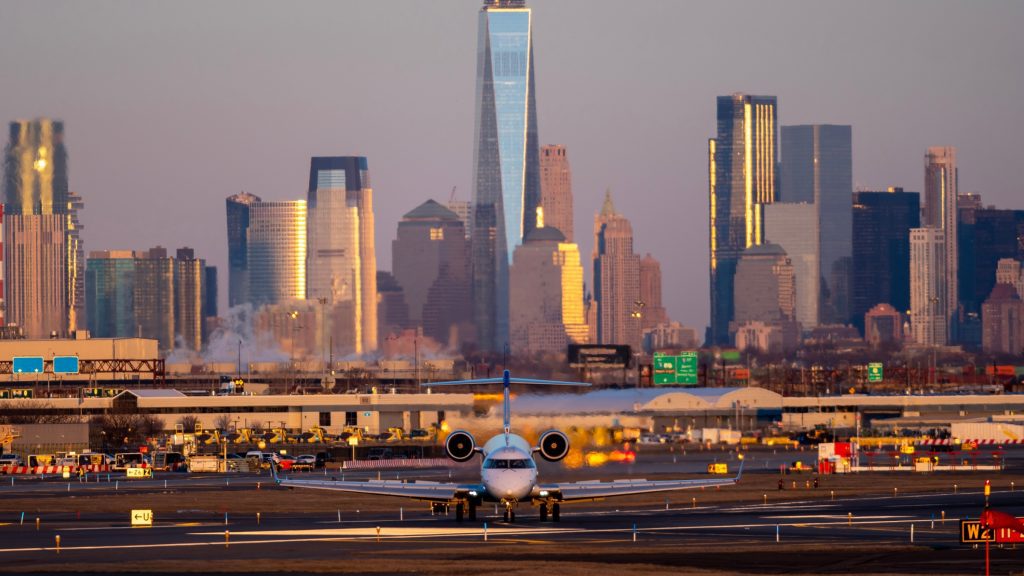
Flight deck promotions happening five times faster than accepted norms. Commanders of multi-engined, twin-aisle jets now younger by 15 years. Pilots scaling up to larger aircraft with questionable haste. Both pilots on the flight deck with the same level of inexperience; aviators that look like the kids of the passengers.
These are issues that hardly make good reading for human cargo. Yet after the pandemic, all three scenarios are now the norm in the United States. Such has been the demand for more pilots. Ten of thousands of more pilots. A demand created by an unshackled populace post-Covid, who are showing an appetite for travel more voracious than pre-Covid.
We’ve already covered the alarming amount of near misses which happen daily in US airspace. There’s even a Senate hearing on 9th November to discuss this issue. Then there are the cracks in Boeing’s takeover of MacDonnell Douglas which have been exposed in a recent Netflix documentary, Downfall. The cracks, in this case, meaning the Boeing 737 MAX debacle because of numerous factors including pilot error.

So the last thing the air transportation sector in the US needs right now is the spotlight falling on pilots who may or may not have the necessary experience when the red lights start flashing.
I wanted to get some extra perspective on this, so I spoke to my friend Gavin Bosse. He’s a retired 747 four-striper with South African Airways, and has been flying for 50 years. His response after reading my source material was one of incredulity.
“This can’t be right. The Americans set the ground rules for safety and training. This can’t be right. This is not like them at all. The FAA (America’s Federal Aviation Authority) is the most stringent aviation law-maker in the world and the highest priority they place on pilot competence is experience. There’s a reason why ascendency in rank is a slow process. There is absolutely no substitute for experience. I know the advancements made in aviation since I flew. The new technology is stupendous. But no amount of new technology is going to help you out when you’re landing an A380 heavy (fully laden) and you’re hit by a sudden wind shear. No technology is coming to the rescue when a blown fuse fails to report icing on the wings. Only human experience can get you out of those kinds of problem.”
A 15 year-old study of commercial aircraft incidents shows a higher percentage of accidents were attributable to a lack of experience. This has moved the industry to take a closer look at the status quo of the recent rising influx of commercial pilots. But planes are still flying today with pilots who, to all intents and purposes, are still training. So where, and more importantly when, is a solution forthcoming?

Of the two major manufacturers, Airbus and Boeing, the former is probably better placed in this scenario. One of the genius innovations that Airbus introduced was something called cockpit commonality. If you’re a pilot, it doesn’t matter if you’re in command of an A318 which has a seating capacity of 110, or an A380 with a capacity of 850. The cockpit is exactly the same. And despite the disparity in weight – the A380 is over nine times heavier – there is little difference in flying characteristics. Hence, training up from the single aisle A318 to the mighty, double-aisled, double-decker A380 is much quicker and cheaper than, say, converting from the Boeing 737 to the awesome 747-8, which can seat 600 passengers.
Americans may dislike reading this (unless they’re taxiing out to a runway right now), but Airbus has just overtaken Boeing in sales in the US.
Look, planes aren’t falling out of American skies as you read this, I acknowledge. But if there is an alarmist tone in this article it’s because the Americans set the safety standards which have resulted in an incredibly calming ratio of passengers to air miles to deaths. Standards almost certainly beyond the capability of any other country.
Commercial air travel needs that ratio to stay where it is.
Inside Telecom provides you with an extensive list of content covering all aspects of the Tech industry. Keep an eye on our News section to stay informed and updated with our daily articles.